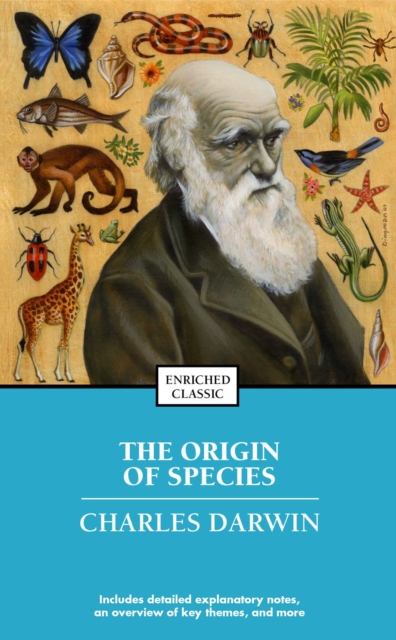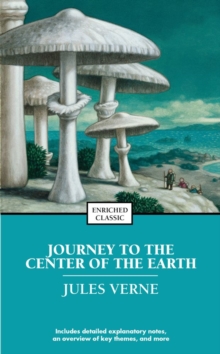
EPUB
Description
This classic work of scientific literature, presenting the theory of evolution by means of natural selection, is still both relevant and controversial in the twenty-first century.
The Origin of Species is a seminal work in scientific literature and arguably the pivotal work in evolutionary biology. The book's full title is On the Origin of Species by Means of Natural Selection, or the Preservation of Favoured Races in the Struggle for Life. It introduced the theory that populations evolve over the course of generations through a process of natural selection. It was controversial because it contradicted religious beliefs which underlay the then current theories of biology. Darwin's book was the culmination of evidence he had accumulated on the voyage of the Beagle in the 1830s and expanded through continuing investigations and experiments since his return.
The book is readable even for the non-specialist and attracted widespread interest on publication. The book was controversial, and generated much discussion on scientific, philosophical, and religious grounds. The scientific theory of evolution has itself evolved since Darwin first presented it, but natural selection remains the most widely accepted scientific model of how species evolve.
This edition includes:
-A concise introduction that gives the reader important background information
-A chronology of the author's life and work
-A timeline of significant events that provides the book's historical context
-An outline of key themes to guide the reader's own interpretations
-Detailed explanatory notes
-Critical analysis, including contemporary and modern perspectives on the work
-Discussion questions to promote lively classroom and book group interaction
-A list of recommended related books
Information
-
Download - Immediately Available
- Format:EPUB
- Pages:624 pages
- Publisher:Simon & Schuster
- Publication Date:12/04/2016
- Category:
- ISBN:9781451686142
Other Formats
- Paperback / softback from £3.50
- EPUB from £1.99
- Hardback from £10.65
Information
-
Download - Immediately Available
- Format:EPUB
- Pages:624 pages
- Publisher:Simon & Schuster
- Publication Date:12/04/2016
- Category:
- ISBN:9781451686142










